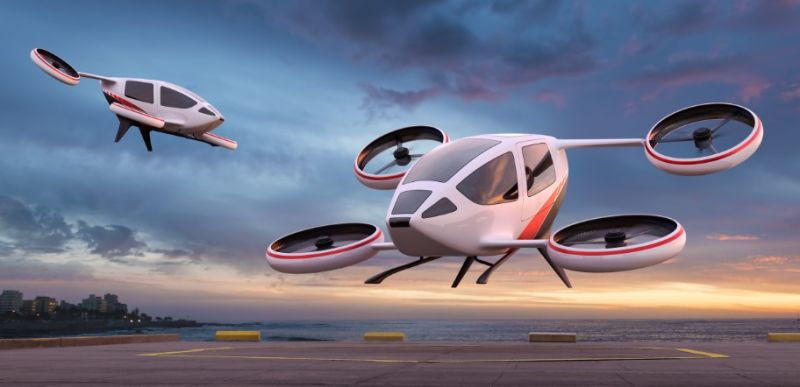Airports and Air Taxis: Disruption or a Strategic Addition?
- rosie807

- Mar 18
- 2 min read
The aviation industry is at a crossroads. While technological advancements are pushing the boundaries of what’s possible, the integration of new solutions like air taxis into existing airport operations remains a topic of debate. Some airports view Advanced Air Mobility (AAM) as an exciting opportunity, while others hesitate, concerned about the impact on their current operations, capacity constraints, and relationships with long-standing airline partners.

The Core Concern: Disrupting Established Operations
Airports are finely tuned ecosystems where every aspect—runway usage, taxiway movements, gate availability, passenger flow, and air traffic control—is carefully managed to avoid congestion and inefficiencies. Introducing air taxis into this environment raises logistical concerns:
Competition for Airspace: Airports already face complex airspace management issues, coordinating with airlines, general aviation, and military operations. Adding air taxis, which operate at lower altitudes and require vertiport infrastructure, introduces new challenges in air traffic control and safety.
Ground Operations & Infrastructure: Most airports operate at or near capacity, with limited space for additional infrastructure. Allocating prime real estate to vertiports or designated takeoff/landing zones for air taxis may not seem justifiable when traditional aviation still dominates demand.
Risk of Operational Disruptions: The fear of delays or conflicts in ground operations, especially at hubs where turnaround times are tightly scheduled, makes airports cautious. Airports must assess whether integrating air taxis will optimize or disrupt their current efficiency metrics.
Final Thoughts
The introduction of air taxis at airports isn’t a simple yes-or-no decision. It requires careful planning, collaboration with airlines, and a clear strategy to align AAM with existing infrastructure and passenger needs. While some airports see air taxis as a luxury, others are beginning to recognize their potential as a strategic enhancement to the passenger journey.
The future of airport-air taxi integration will ultimately depend on how well AAM can prove its value without disrupting the delicate balance that airports have spent decades perfecting.





Comments